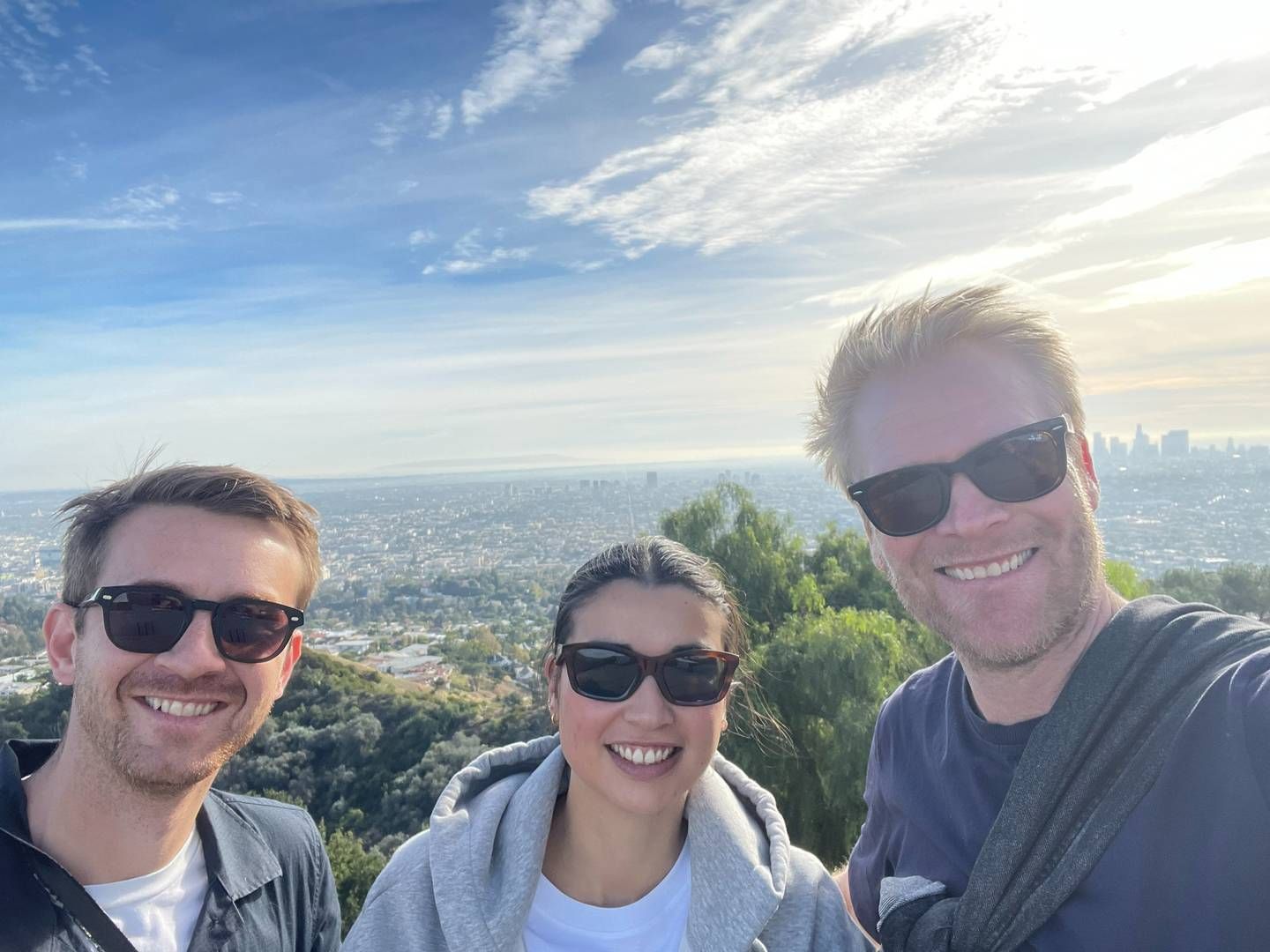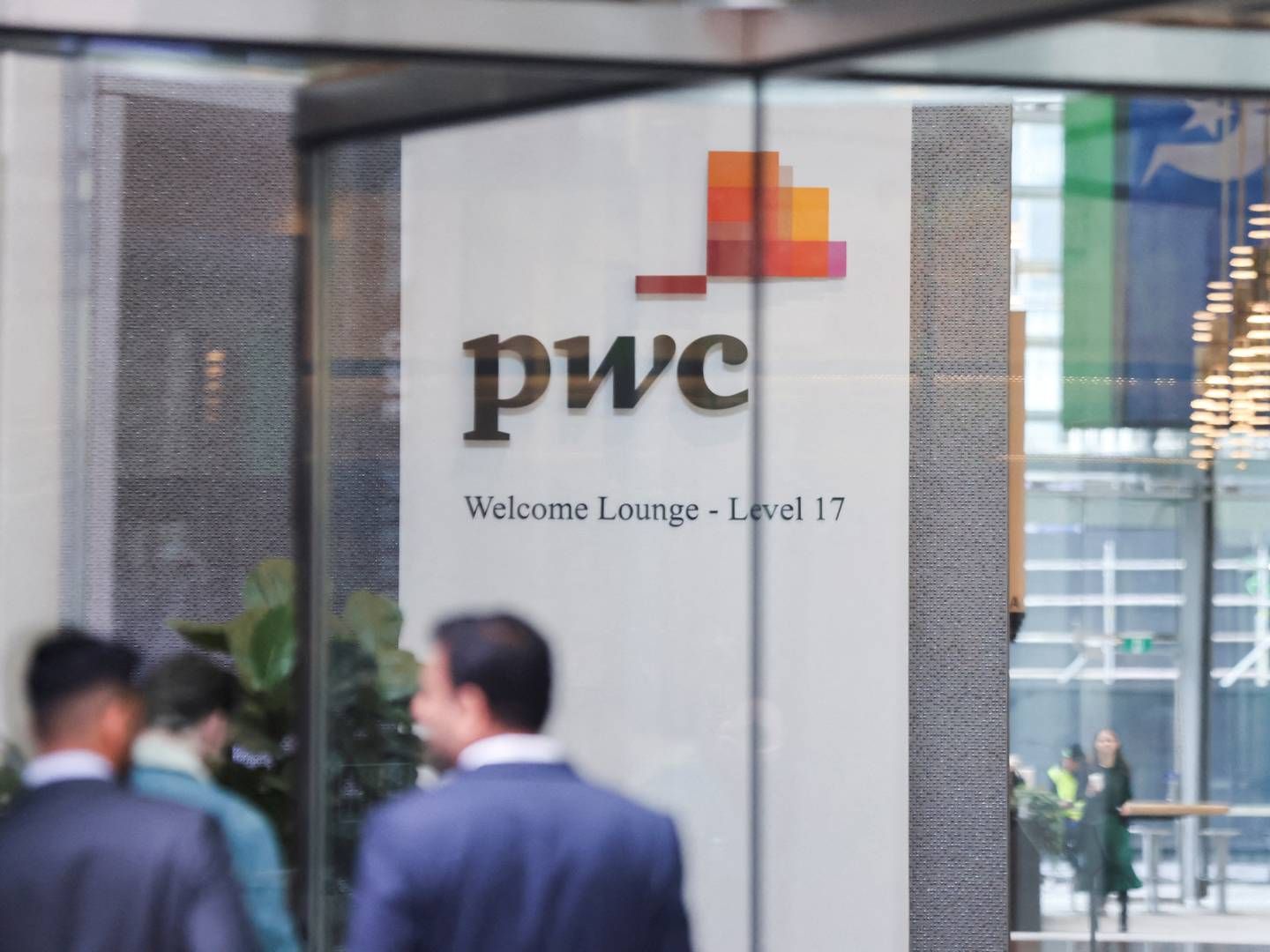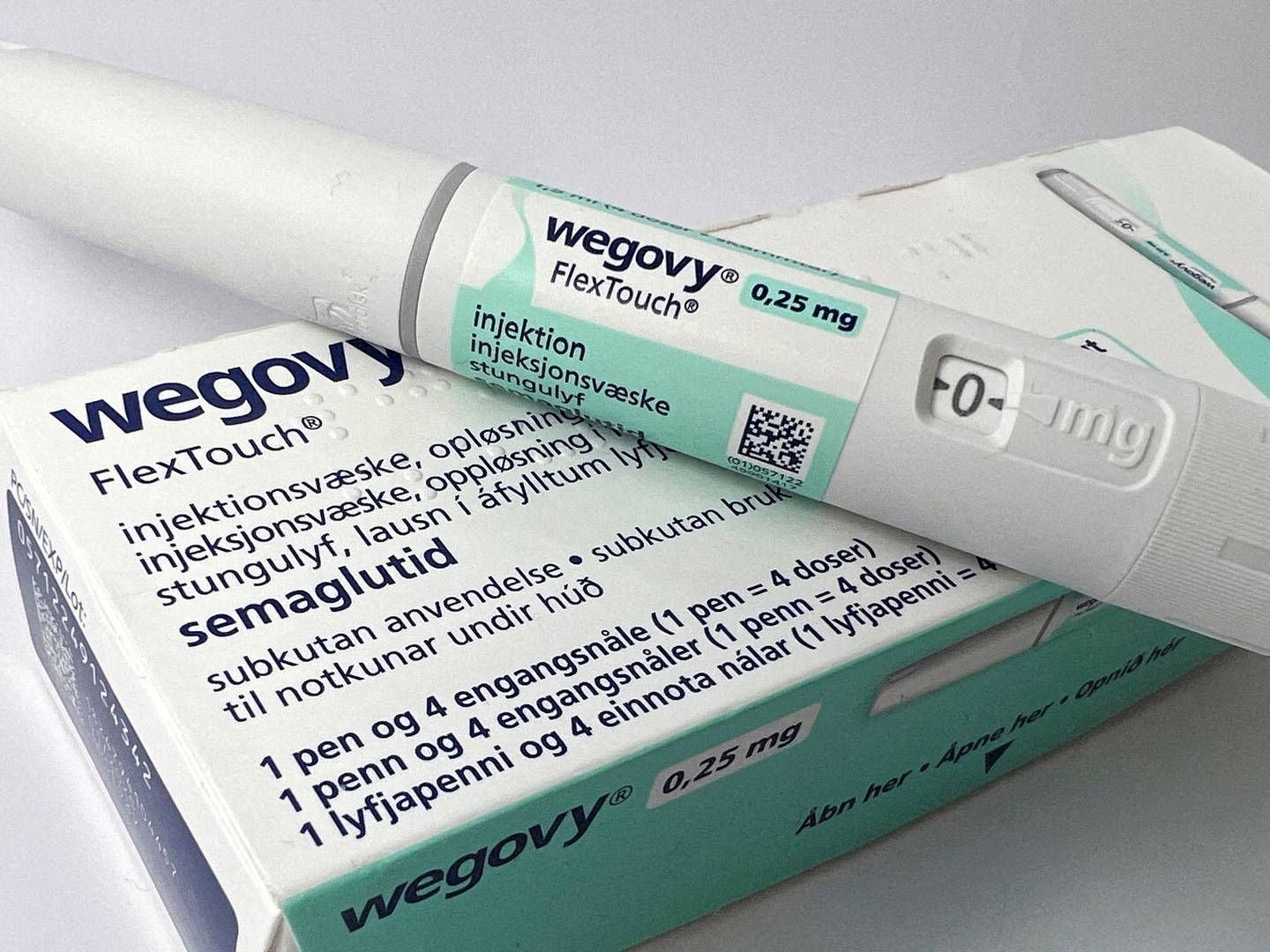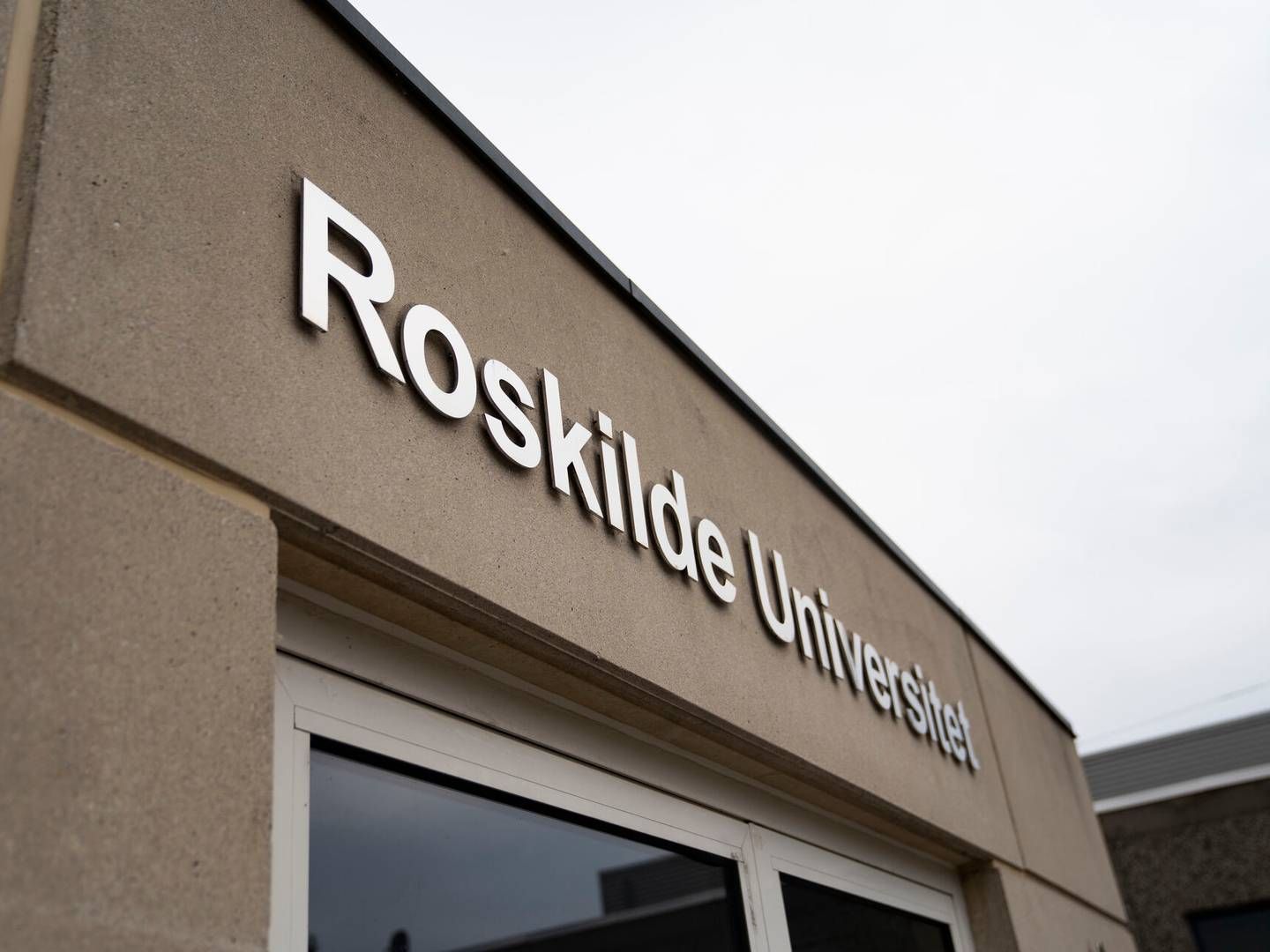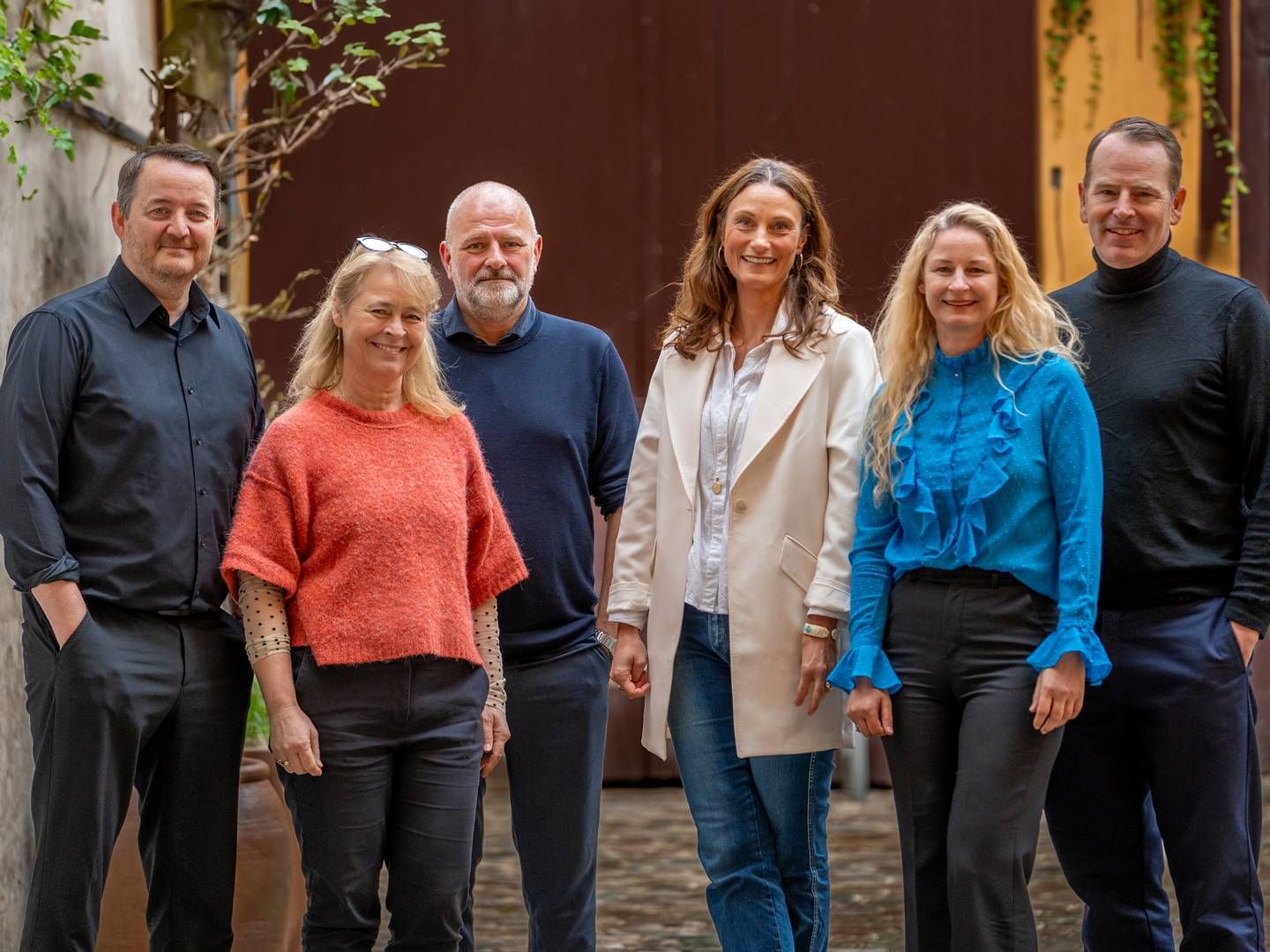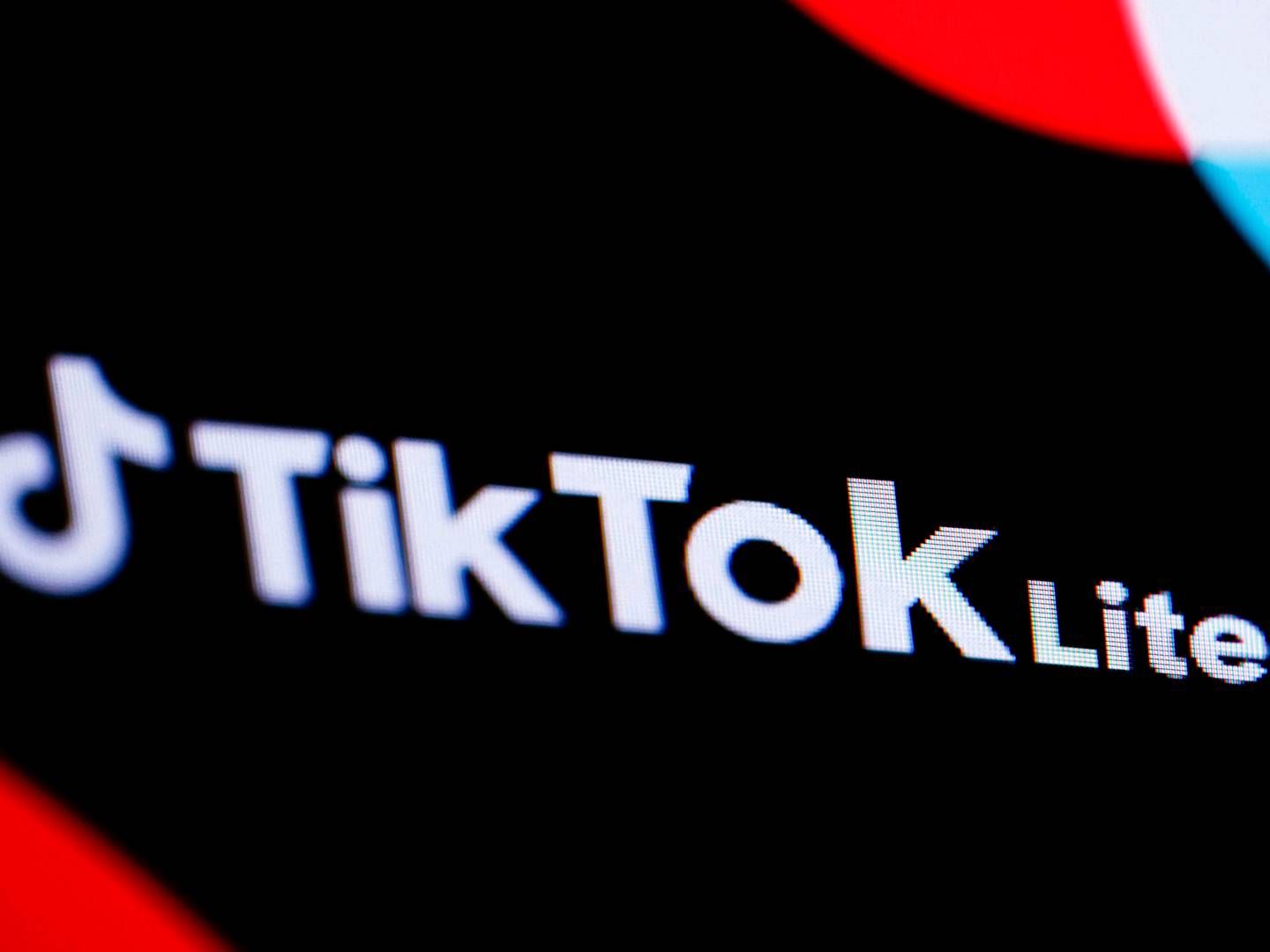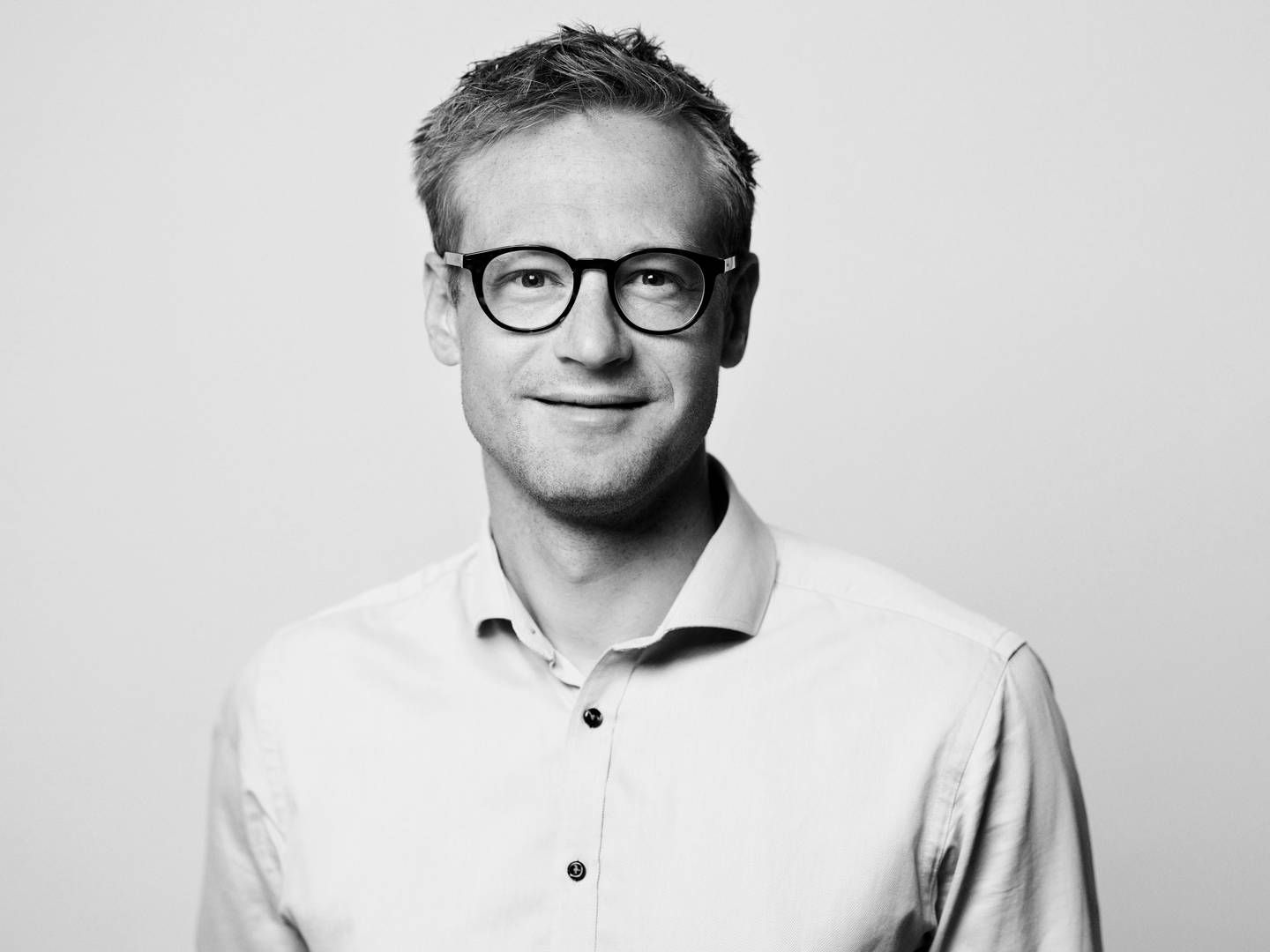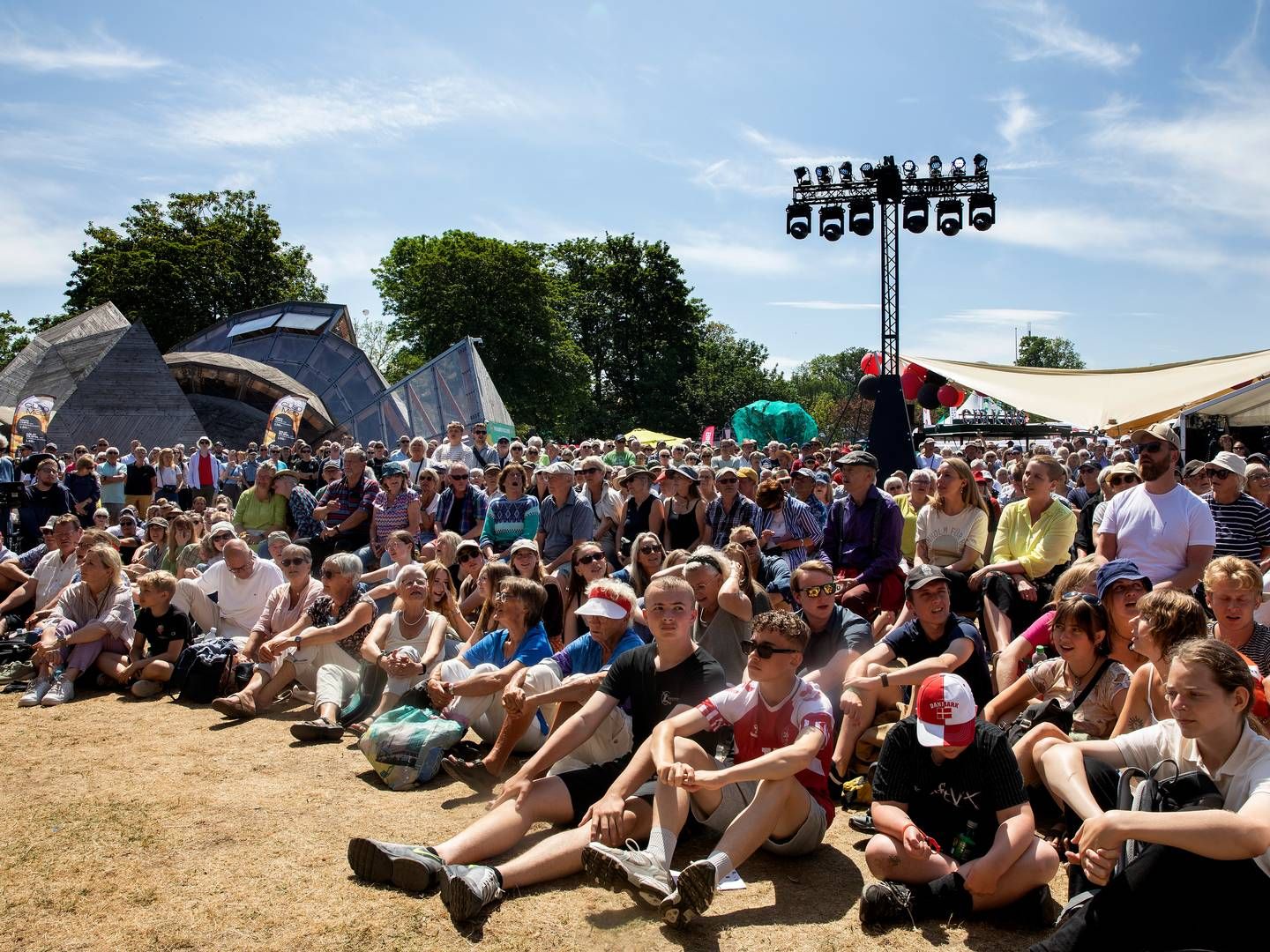Danske netmedier roses for åbenhed
Netmedierne dr.dk, ing.dk, netdoktor.dk, jp.dk og onside.dk er de danske repræsentanter for online journalistik i undersøgelsen "Mudia: Multimedia Content in the Digital Age" som Dublin University har lavet. Det skriver Netavisen Infopaq.
Undersøgelsen, som også indbefattede franske, britiske og irske medier, fandt blandt andet at der ikke er fare for at grænsen mellem bruger og journalist er i opløsning. Den autoritative fortællemåde i traditionel journalistik viser sig yderst holdbar - også i medier der kun har eksisteret online.
De danske medier bliver fremhævet for at være mest åbne overfor at bruge læserbidrag, samt at være de mest fremsynede med hensyn til nytænkning.
Konklusioner i rapporten (på engelsk):
1. We see little evidence of a "new paradigm" emerging in online news. The "new paradigm" generally refers to disappearing boundaries between producer and user, or to a gradual merging of professional journalism with a range of non-professional activities, or to a combination of both of these things. In our case studies and survey – in contrast to the theoretical literature - we found only a weak echo of this notion.
2. The adoption by online news services of the range of possible forms and expressions of interactivity with users has been limited and uneven. In our case studies, there was evidence that, under pressure of business and other factors, exploration of interactivity has retreated as well as advanced over time.
3. The traditional communication model of professional journalism as a form of authoritative story-telling shows considerable durability. While this may be expected in the online service of traditional media companies, where deliberate efforts have often been made to ensure the transfer of the established ethos to the new medium, it was also found that some Net-native services were also guided by a traditional, hierarchical journalism outlook and practice. However, Net-native services were disproportionately well represented among the case studies implementing user responsiveness strategies most comprehensively and showing the highest levels of interactive functionality. Also, online services with a more specialist orientation - whether in sports, health, science or global issues - tend to show higher levels of user responsiveness.
4. There is a discernible difference between, on the one hand, what online journalists believe they should be doing and maybe believe they are doing, and, on the other hand, what the measurable evidence of their activity indicates they are, in fact, doing. Even allowing for self-reporting in our survey of online professionals, the respondents expressed a stronger commitment to various forms of interaction with users than is evidenced in their practice.
5. Online news services show markedly weak interest in tracking usage of their sites as a basis for redesigning those sites and rethinking their publishing practices and user relationship. In this sense, too, the traditional journalism model based on a mental image rather on evidence of the audience survives. The survey of online journalists tended to confirm that professionals in online media were not confident that they knew their users well, despite the means which online publishing offers to develop that knowledge in detail.
6. There were discernible differences along member-state lines between the case studies reported here, in terms of the adaptation to a demanddriven model of journalism. In general terms, Danish online journalists appeared most open to incorporating user contributions and to professional and organizational innovation, and French online journalists appeared least user-responsive and least innovative. British and Irish media professionals were in the middle ground. (It may be significant that Danish online journalists were also the most actively interested and French least actively interested in responding to the interviews and to the survey undertaken for the present study.)
Se den fulde rapport i pdf:
www.stem.dcu.ie/reports/MUDIA%20STeM2


